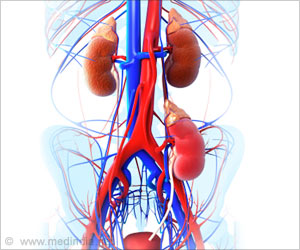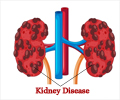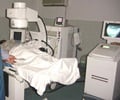Reports have shown a lower-than-expected rate of kidney transplantations performed in VA centers.

TOP INSIGHT
Patients with VA insurance appear to have greater barriers to transplantation leading to lower rates of transplant and greater waitlist mortality compared with privately insured patients.
VA patients were 28% less likely to undergo transplantation than patients with private insurance nationally, and 22% less likely than those with private insurance at their non-VA affiliates. VA patients were also 14% less likely to undergo transplantation compared with those with Medicare nationally, but rates were similar compared with patients with Medicare in the non-VA centers. Transplantation rates were similar in patients with VA insurance and those with Medicaid.
VA patients also had a higher rate of death while on the waiting list compared with privately insured patients both nationally and in competing centers. The researchers noted that VA patients lived an average of 282 miles from the transplant centers, compared with an average of 23 miles for non-VA patients.
"VA patients appear to have greater barriers to transplantation leading to lower rates of transplant and greater waitlist mortality compared with privately insured patients listed in local competing centers," said Dr. Augustine. "The much greater distance from transplant centers may contribute to lower transplant rates in Veterans, and other factors related to organ acceptance or center practices may also contribute to differences." He noted that additional analyses are required to determine the primary factors leading to discrepancies in transplant rates between VA and non-VA patients. "Ultimately, greater acceptance/coverage of VA insurance in local non-VA transplant centers may improve transplant rates for Veterans in the United States."
Source-Eurekalert
 MEDINDIA
MEDINDIA




 Email
Email










